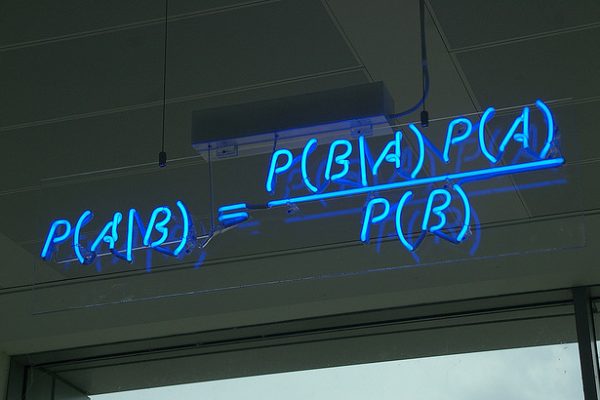Naive Bayes Classifier From Scratch in Python

Last Updated on October 25, 2019
In this tutorial you are going to learn about the Naive Bayes algorithm including how it works and how to implement it from scratch in Python (without libraries).
We can use probability to make predictions in machine learning. Perhaps the most widely used example is called the Naive Bayes algorithm. Not only is it straightforward to understand, but it also achieves surprisingly good results on a wide range of problems.
After completing this tutorial you will know:
- How to calculate the probabilities required by the Naive Bayes algorithm.
- How to implement the Naive Bayes algorithm from scratch.
- How to apply Naive Bayes to a real-world predictive modeling problem.
Kick-start your project with my new book Machine Learning Algorithms From Scratch, including step-by-step tutorials and the Python source code files for all examples.
Let’s get started.
- Update Dec/2014: Original implementation.
- Update Oct/2019: Rewrote the tutorial and code from the ground-up.

Code a Naive Bayes Classifier From Scratch in Python (with no libraries)
Photo by Matt Buck, some rights
To finish reading, please visit source site